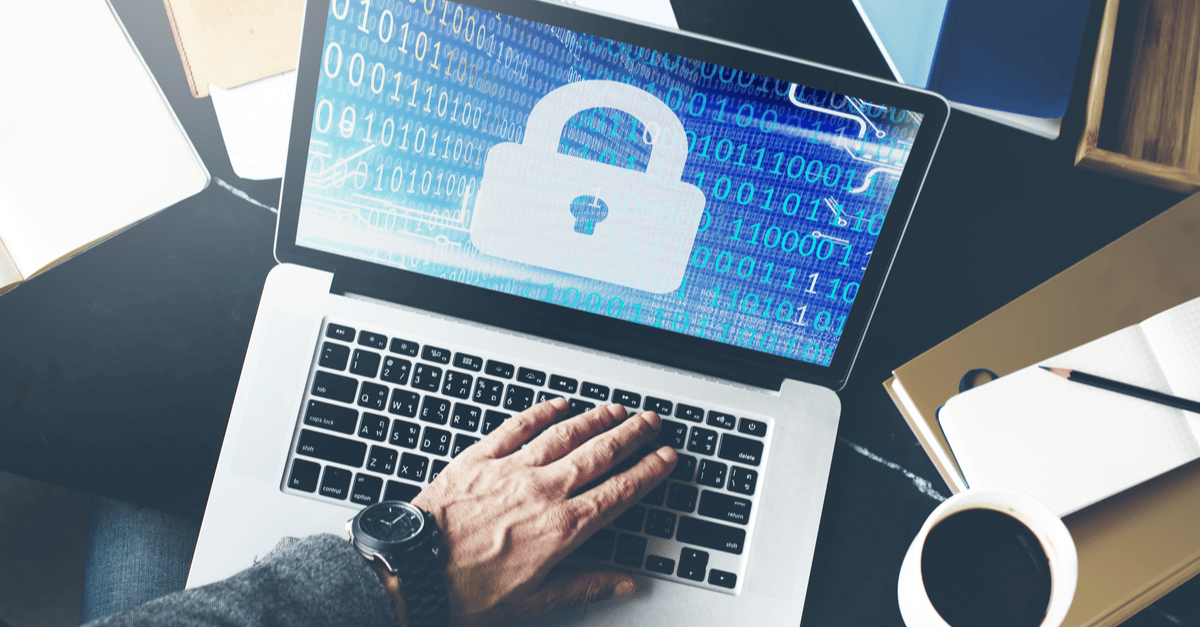What You Need to Know About Remote-Work Security

There’s no denying the positive attributes of the remote-work scenario, but there is also the reality of remote-work security risks to take into account. Security experts like to talk about “attack surfaces” when addressing various security situations, and the surface definitely became more target rich recently.
The rush to keep employees safe during the pandemic pushed many companies to have their workforce go remote, which in most cases meant working from home. And while there was great success in setting them up with a work-from-home situation, establishing remote-work security didn’t go as successfully for many.
Going from a situation where employees worked out of one location where all security steps could be managed quite easily to a situation where they’re spread out in many different locations, accessing the sensitive data located on in-house servers was a less than ideal situation. In fact, around 75% of security leaders said in a Forrester Consulting survey that their most recent cyber attacks were made possible because of the steps they took (or didn’t take) while they rushed to provide some sort of remote-work security strategy.
Choosing a Hybrid Model
While the remote-work situation looks to be a permanent one for at least some people in many, many companies, most will have a traditional in-office setup as well as remote workers. This hybrid model requires a new approach that should include the implementation of hybrid technologies that account for both.
This might involve implementing zero-trust security frameworks that require users inside and outside the company’s firewall to authenticate themselves before they can do anything on the network. What a zero-trust security framework does is assume that there is no network edge anymore, which is a completely valid idea given the volume of workers accessing the network from the outside.
By working with the right agent, you can identify the technologies that will work for your particular type of workflow.
Stay Educated on Threats
While some pre-COVID-19 ways of life are beginning to see the light of day, there are still plenty of attackers out there using COVID-19 concerns to bait targets. These include social engineering phishing attacks that prey upon those who are anxious about the pandemic and might be quick to fall for a scam. There are many different types of attacks occurring at any given moment, and the more employees know about which ones are the most pervasive, the better informed they are and less likely to fall for a scam.
Make sure your education component also includes accountability guidelines, which should lay out what is allowed and not allowed, including opening anything in an email or message from anyone outside the organization.
Partner With a Trusted Professional
You can’t be expected to know everything about the technology available today that is built to help your employees stay productive while also protecting your data. At ITBroker.com, that’s what we’re here to do for you. We’ve got answers to the questions you have about remote-work security, so contact us today.
